A pairing of old-school archeological study techniques with modern technology has led to a bounty of successful discoveries in Peru. Professor Masato Sakai led a joint team consisting of members of Yamagata University’s Institute of Nazca and IBM to uncover and identify geoglyphs, ancient massive desert floor carvings, along Peru’s coastal desert. With the use of IBM’s A.I. technology, they were able to find 303 previously undiscovered geoglyphs within less than six months, doubling the number of known Nazca Lines (as they are called) in the area.
What has been most impressive, aside from the discoveries themselves, is how quickly they were found. These findings mark one of the fastest reveals of new knowledge ever achieved for an archeological study. Traditionally, archaeologists studied the Nazca Lines through ground surveys, aerial photographs, and manual mapping. However, this new approach, which trains A.I. algorithms with thousands of aerial images to detect faint lines and geometric forms, has significantly sped up the search for additional geoglyphs. The trained A.I. was able to analyze terabytes-worth of drone and satellite images to flag any potential geoglyphs for the archaeologists to follow up on and verify.
@needitzs What are the Nazca Lines? #nazcalines #peru #mystery
These geoglyphs were carved between 200 B.C. and 650 A.D., and vary in terms of shape and size. They were created by removing 30 to 40cm of topsoil and pebbles, which revealed the light orangish tan clay and lime underneath. This process allowed them to maintain their form and last longer due to the drier climate. The geoglyphs appear in varying designs, but several of them form recognizable shapes of birds, felines, monkeys, fish, plants, stars, and human forms. While the theories behind their existence range from being astronomical calendars to attempts at communication with extraterrestrials, Sakai and his team believe these geoglyphs were ritual pathways, routes that were used for ceremonial processions to connect to their gods.
@mr.mountainbeast This was fun flying over the nasca lines
Should A.I. replace other archeological surveys and methods?
It’s important to note that while A.I. assisted the archeological discoveries, the researchers felt it was best used as a tool rather than a replacement for human research, detection, and analysis.
“Of the 303 newly discovered figurative geoglyphs, 178 were individually suggested by the A.I. and 125 were not individually A.I.-suggested,” wrote Sakai. “The most common situation of these additional finds occurred when an entirely new group of geoglyphs was discovered.”
“A.I. isn’t perfect, especially in archaeology,” says Dr. Alexandra Karamitrou, an A.I. and archaeology expert at the University of Southampton. “But in a few years’ time we might be able to develop algorithms with very good accuracy…helping people save time, energy, and money.”
@secretshaver Drones + AI = CRAZY new discoveries #archeology #ancienthistory #history #peru #nazca #nazcalines #aliens #cropcircles #greenscreen
In short, the A.I. accelerated the discovery of additional geoglyphs, identifying some, while human researchers detected and discovered others in the area the A.I. had pinpointed as containing a different geoglyph. It could be seen as a prime model of what humankind can accomplish alongside technology, rather than debating if one should be replaced with or protected from the other.





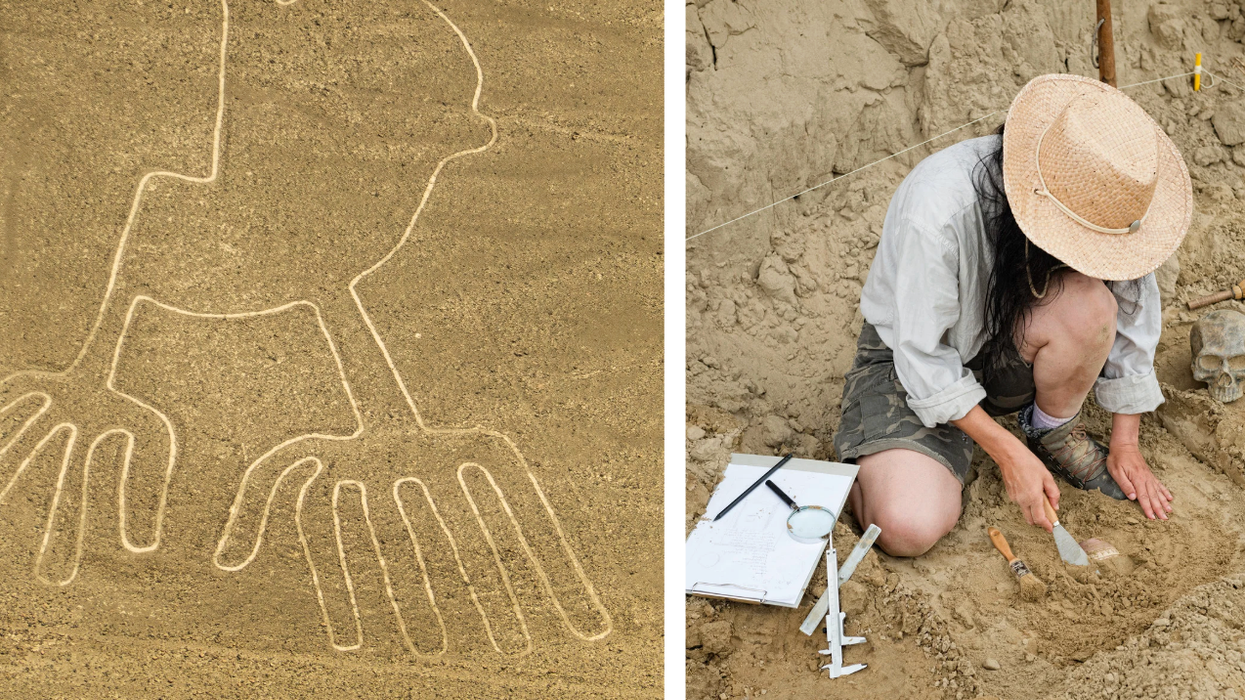










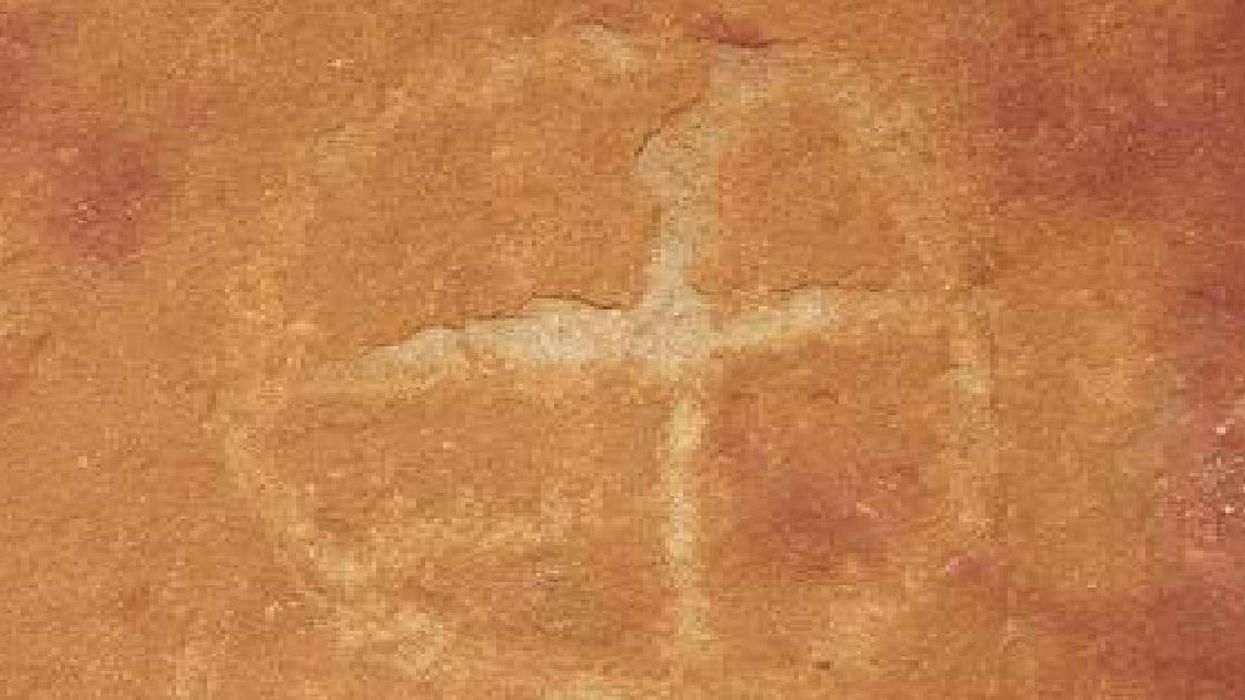
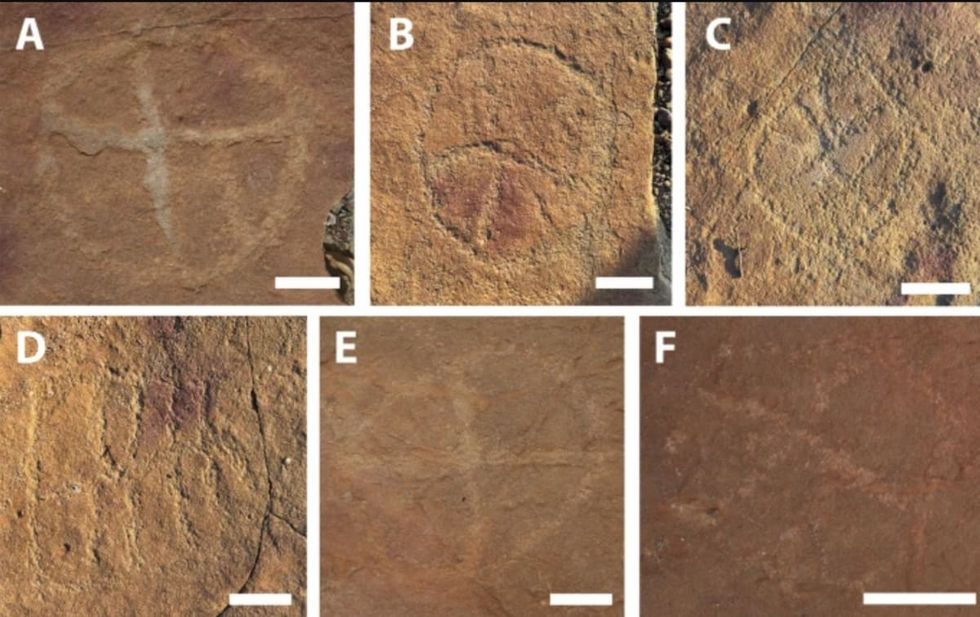 Image frmo Scientific Reports of ancient artwork. Image Source:
Image frmo Scientific Reports of ancient artwork. Image Source: 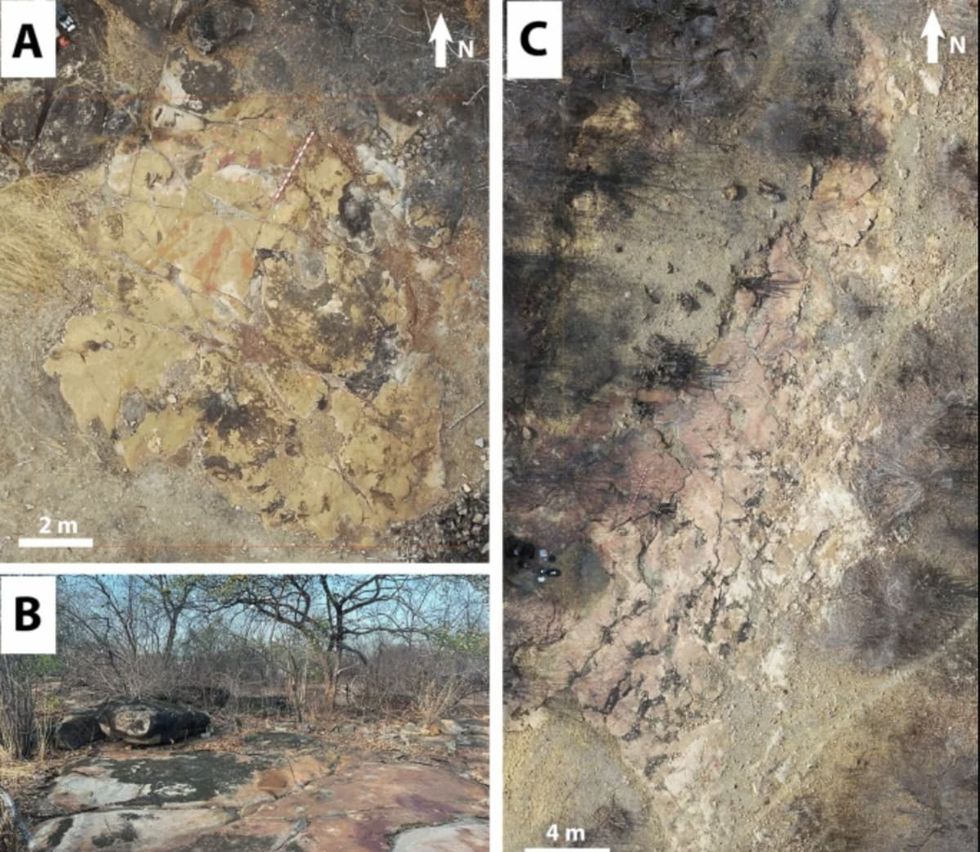 Image frmo Scientific Reports of ancient artwork.Image Source:
Image frmo Scientific Reports of ancient artwork.Image Source: 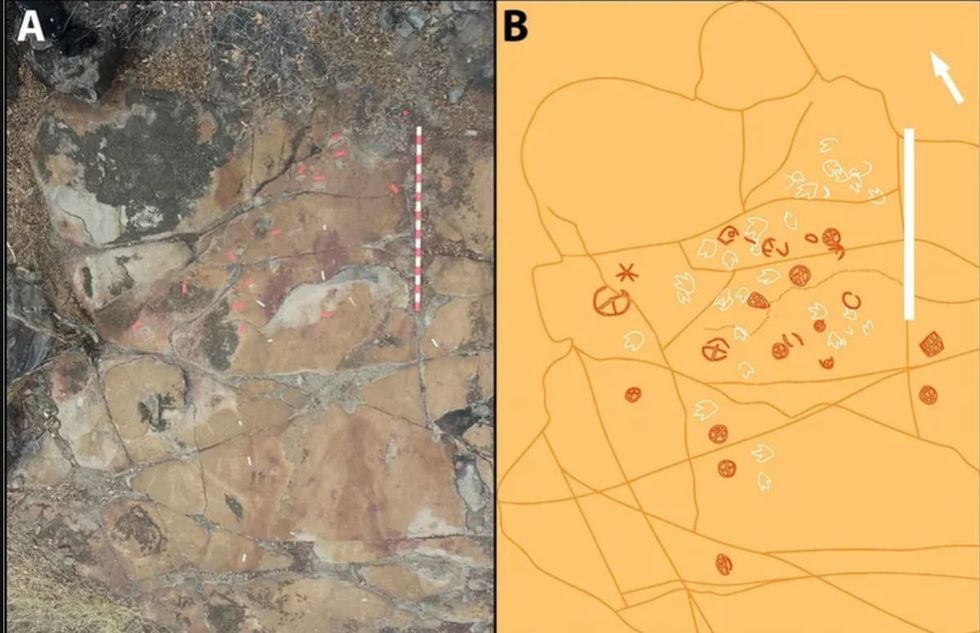 Image frmo Scientific Reports of ancient artwork.Image Source:
Image frmo Scientific Reports of ancient artwork.Image Source: 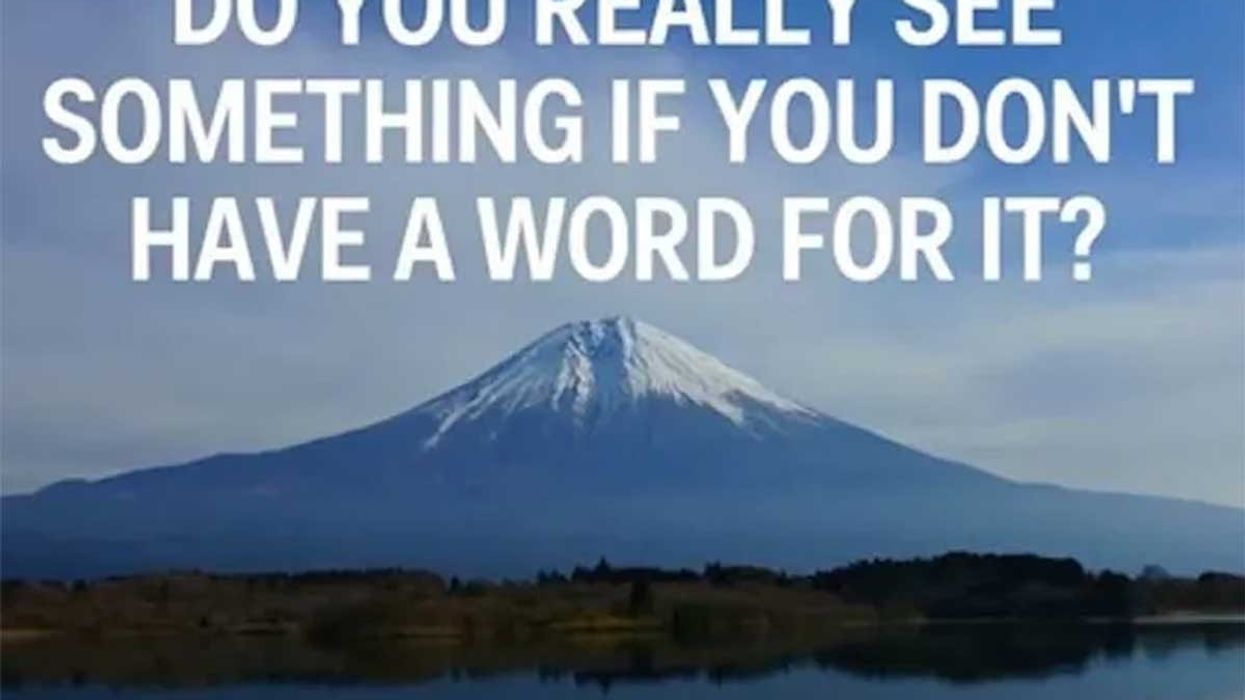
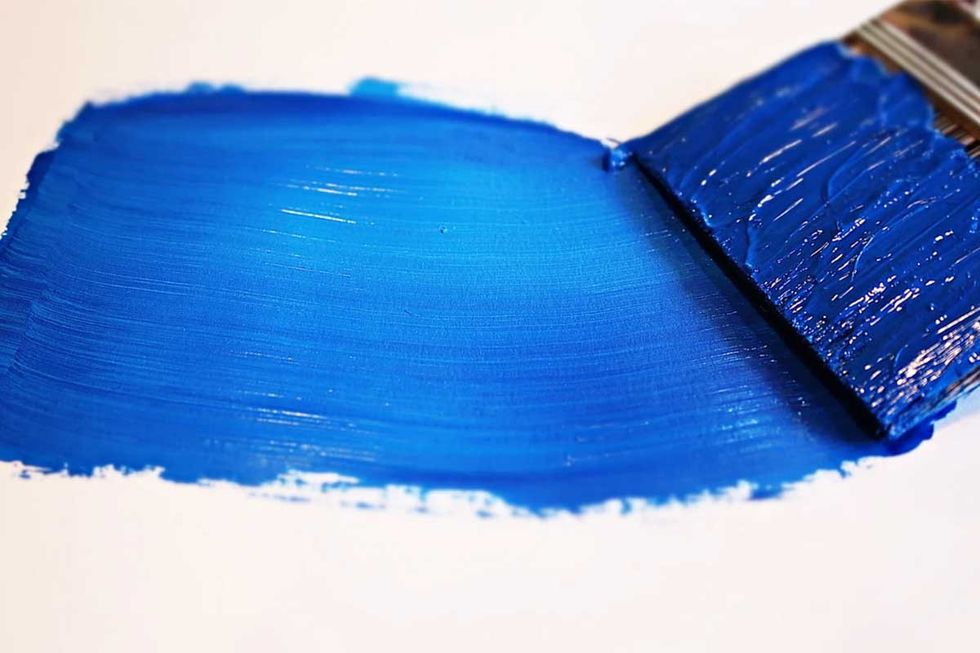 It's difficult to imagine seeing a color and not having the word for it. Canva
It's difficult to imagine seeing a color and not having the word for it. Canva
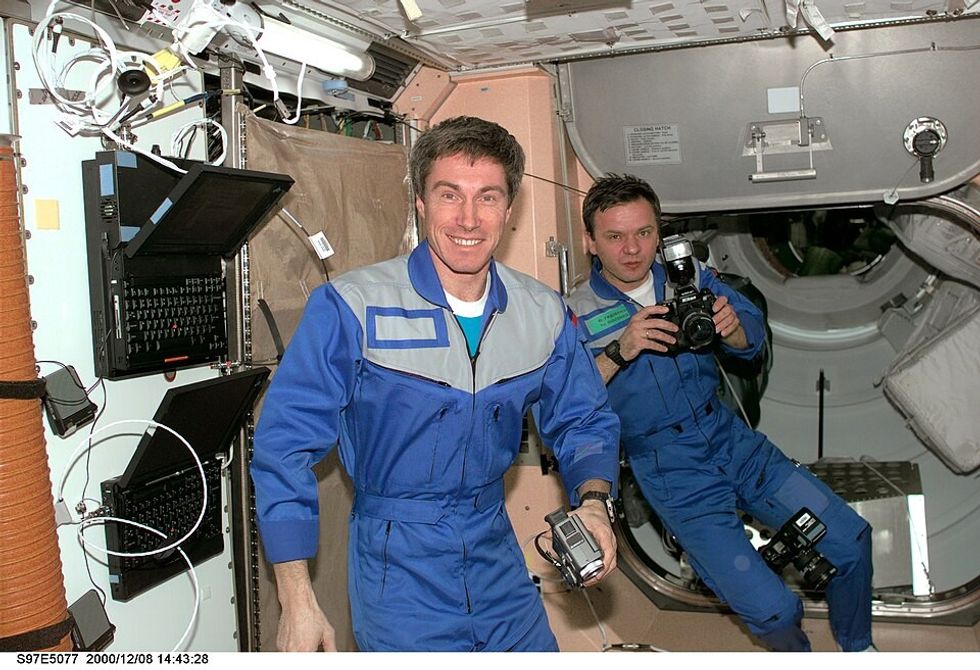 Sergei Krikalev in space.
Sergei Krikalev in space. 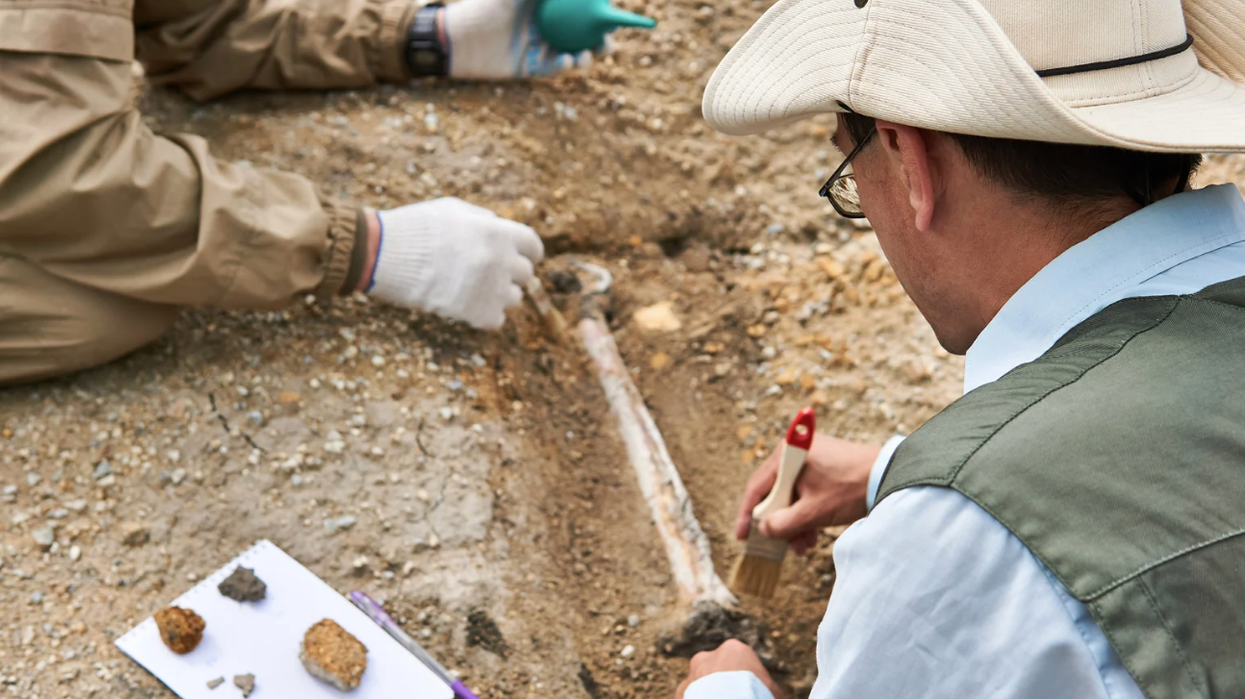


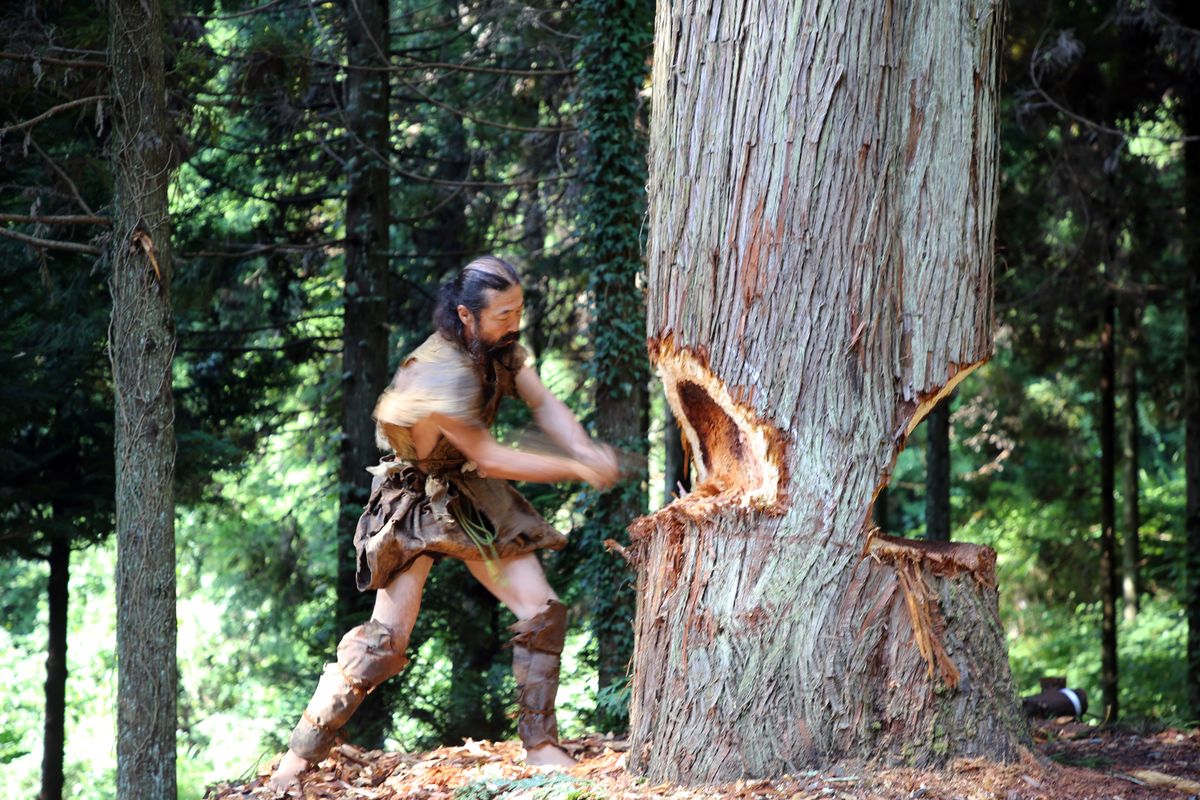 The team also crafted their canoe using ancient methods and Stone Age-style tools. National Museum of Nature and Science, Tokyo
The team also crafted their canoe using ancient methods and Stone Age-style tools. National Museum of Nature and Science, Tokyo The cedar dugout canoe crafted by the scientist team. National Museum of Nature and Science, Tokyo
The cedar dugout canoe crafted by the scientist team. National Museum of Nature and Science, Tokyo

 Zitkala-Ša with her violin in 1898 colorized and animated.Taken from YouTube video with image of kelvin temperature by Tiero from Canva.
Zitkala-Ša with her violin in 1898 colorized and animated.Taken from YouTube video with image of kelvin temperature by Tiero from Canva. 1908 photo of Bull - Chief of the Apsaroke tribe colorized and animated.Taken from YouTube video with image of kelvin temperature by Tiero from Canva.
1908 photo of Bull - Chief of the Apsaroke tribe colorized and animated.Taken from YouTube video with image of kelvin temperature by Tiero from Canva. Mosa original photo from 1903 with modern colorization and reanimation.Taken from YouTube video with image of kelvin temperature by Tiero from Canva.
Mosa original photo from 1903 with modern colorization and reanimation.Taken from YouTube video with image of kelvin temperature by Tiero from Canva.